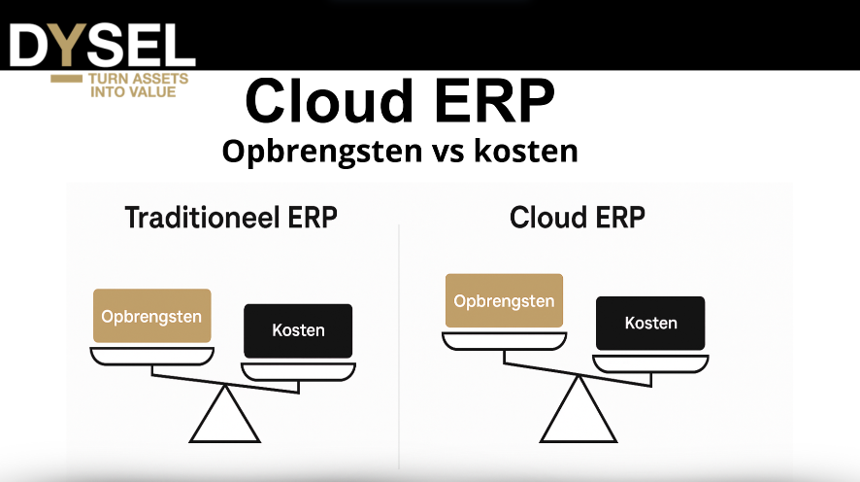Moving to a cloud ERP system is no small decision. The licensing structure is changing, on-premises solutions such as Dynamics NAV are becoming less attractive, and Microsoft is fully committed to SaaS. The way companies invest in software is also fundamentally changing. What you need is a clear view of the return on investment (ROI) of cloud ERP. In this article you will find three smart ways to gain insight into that ROI and make maximum use of it.

Calculate Total Cost of Ownership.
A common mistake when comparing ERP systems is to focus on license pricing alone. But ROI starts with fully mapping the Total Cost of Ownership (TCO) - and in that, cloud ERP and on-premise are fundamentally different.
Cost items in cloud ERP:
- Software: Monthly subscription fees based on users or resources, including updates and maintenance.
- Infrastructure: No more need for your own servers; you benefit from scalable Microsoft Azure capacity.
- Management: No local IT management needed for maintenance, backups or security.
- Implementation & Adoption: Consultancy, training, support and optimization remain essential for successful adoption.
Changes in the ERP landscape
Moving to Microsoft Business Central in the cloud (such as Dysel's ELC25) also means a different licensing structure. NAV users will see their annual maintenance costs rise. At the same time, Microsoft is encouraging the move to SaaS solutions with new features, better integrations and scalable licensing models. This makes a cloud ERP solution more attractive over time - both financially and strategically.
In addition, cloud ERP eliminates many indirect costs that you have with on-premise solutions, such as server room energy costs, security updates and additional IT staff. The complexity of maintenance and expensive upgrades is also eliminated because cloud ERP is automatically provided with the latest updates and security patches. As a result, you always work with the latest features and stay compliant with the latest laws and regulations, without drastic or costly IT projects.
Quantify your direct and indirect revenues
The benefits of a cloud ERP are multifaceted, but often less tangible. Yet they can be measured - provided you use the right KPIs and benchmarks.
Directly measurable returns:
- Lower management costs through reduced IT staff and infrastructure
- Less downtime thanks to automatic updates and robust hosting
- Increased productivity through intuitive interfaces and automated processes
- Faster time-to-market with flexible customization and scalable solutions
Indirect returns from cloud ERP:
- Future-proofing: continuous access to new technologies such as AI CoPilot, IoT or predictive maintenance
- More satisfied employees: working with modern tools increases efficiency and engagement
- Better customer experience: current and integrated data leads to faster and better service
- Security and compliance: cloud platforms are often more secure than internal infrastructure and comply with international standards such as ISO27001 or GDPR
With SaaS-ready solutions such as Dysel's the Equipment Life Cycle (ELC). - built on Microsoft Dynamics 365 Business Central - benefit from integrations with Power BI, Power Apps and Logic Apps. This allows you to easily automate workflows and build dashboards that give your organization greater insight and control - without the need for customization. This results in higher efficiency, better decision-making and increased customer focus.
Focus on ROI, not just cost
Moving to the cloud may seem more expensive at first. But those who are blinded by cost miss the bigger picture. By focusing on ROI rather than just TCO, you get an honest and forward-looking view of your investment.
How do you determine the ROI of cloud ERP?
- Define KPIs upfront: For example, a 10% increase in sales, a 20% reduction in inventory costs or a 30% reduction in lead time
- Use comparison data: What did a cloud ERP system provide to similar organizations in your industry?
- Make improvements visible: Think fewer human errors, higher first-time fix rates or more quotes converted to orders
Note: ROI is not just about hard euros. Strategic benefits such as agility, scalability and being able to respond faster to market changes are just as important. Cloud ERP helps you respond more flexibly to customer demands, changing legislation or supply chain challenges.
Conclusion: cloud ERP is a strategic investment
Moving to a cloud ERP system requires a clear vision and good preparation. Not only technically, but especially from a business perspective. By properly mapping out the costs and revenues as well as keeping an eye on strategic benefits, you can convincingly substantiate the ROI of cloud ERP.
Dysel's ELC25 - based on Microsoft Business Central - offers a powerful, future-oriented ERP solution with all the benefits of the Power Platform. SaaS-ready, scalable and designed for companies that want to further digitize without getting lost in customization or complexity. Curious about the ROI of cloud ERP in your organization? Take contact with us. We are happy to think with you, without obligation.
